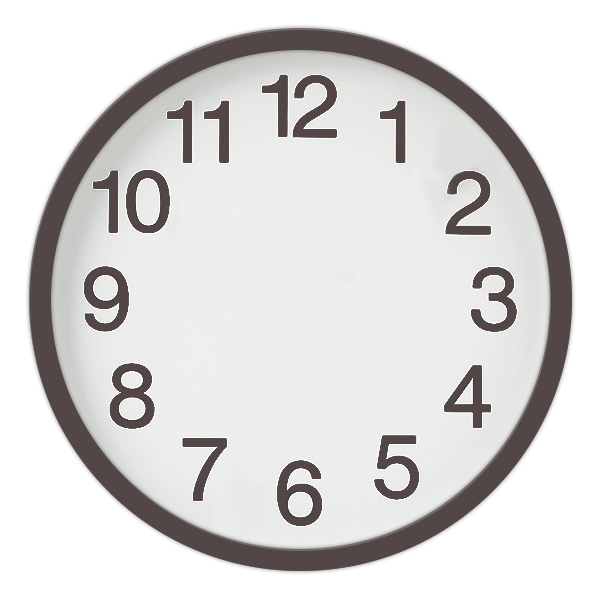Coming Soon...
OKSomething went wrong!
Please try again later.

Written By- Aksh Gupta
Understanding how the World Golf Rankings are calculated can seem complex, but let’s break it down step by step. This explanation will focus on the basics, so by the end, you'll clearly understand how the rankings work!
The World Golf Rankings are systems used to rank professional golfers based on their performance in various tournaments worldwide. There are two main types of rankings:
These rankings are important because they help determine which players qualify for major tournaments, such as the Masters, the U.S. Open, and even the Olympics.

The ranking system is based on a points system. Golfers earn points by playing in tournaments. The better they perform (the higher they finish), the more points they earn. But not all tournaments give the same number of points—let's see why.
Some tournaments are more prestigious and have stronger fields (meaning they attract more top players). The tougher the competition, the more points the tournament is worth. For example:
The higher a golfer finishes in a tournament, the more points they get. For instance:
Golfers don’t just get ranked based on one tournament. The rankings look at their performance over two years, so golfers have to perform consistently over time to stay on top.
This helps ensure the rankings reflect the current form but still reward long-term success. But to keep things fair, the points earned over time start to lose value as they get older.
Points earned from a tournament don’t last forever. Here’s how it works:

USA’s Nelly Korda (CURRENT WORLD'S NO.1 FEMALE GOLFER) holds on for Olympic gold in golf
Now, instead of just adding up all the points a golfer earns, the rankings use an average points system. This is where it can get tricky, but it’s key to understanding how the rankings work.
The rankings look at the total number of points a golfer has earned in all their tournaments over two years and then divide those points by the number of tournaments the golfer has played. This gives an average, which is a fairer way to rank golfers who play a different number of tournaments.
But, to prevent golfers from gaming the system by playing too few tournaments, there’s a minimum divisor.
Even if a golfer doesn’t play many tournaments, their total points are divided by a minimum number, which is usually 40. This prevents golfers from only playing a few events and still ranking high by averaging just their best performances.
So, even though both golfers earned 200 points, Golfer A ranks higher because their average points per tournament is better.
The rankings are updated every week. So, after each tournament, points are added for golfers who played well, and the points for older tournaments continue to decay. This ensures that the rankings are always up-to-date and reflect the players’ most recent form.
These rankings are not just about bragging rights. They have real-world consequences for golfers:
To sum it all up:
By keeping these principles in mind, the World Golf Rankings ensure that the best players consistently rise to the top and are rewarded for their ongoing success.
READ MORE :
 LIV Golf vs PGA Tour: The Debate That’s Shaking Up Golf. How Should Indian Golfers Respond?
LIV Golf vs PGA Tour: The Debate That’s Shaking Up Golf. How Should Indian Golfers Respond?
 Tee Off in Bangkok: Friends and Fun, Under the Thai Sun
Tee Off in Bangkok: Friends and Fun, Under the Thai Sun
 Why has no Indian golfer ever reached the top 10 in the world golf rankings?
Why has no Indian golfer ever reached the top 10 in the world golf rankings?
 Wishing you the 72nd Golf Lovers Day
Wishing you the 72nd Golf Lovers Day
4moles Editorial | June 12, 2025
Celebrate Father’s Day with 4moles as we honor the dads who were our first coaches—on the golf course and in life. Read More
4moles Editorial | June 04, 2025
The Bellagio Grand Golf Open 2025 offers the perfect setting to challenge your game, connect with business elites, and be part of something extraordinary. Read More
4moles Editorial | May 30, 2025
Ask any Indian club golfer or touring pro, and they’ll tell you—Golf is not a game; it’s an emotion. And sometimes, that emotion hijacks your entire week. Read More
4moles Editorial | May 26, 2025
The electric atmosphere of the Bombay Presidency Golf Club set the stage for the second leg of the Golf Rendezvous PRO-AM League 2025, where passion met precision. Read More
4moles Editorial | May 06, 2025
At just 2.5 years old, he picked up his first club—and hasn’t let go since. Read More





